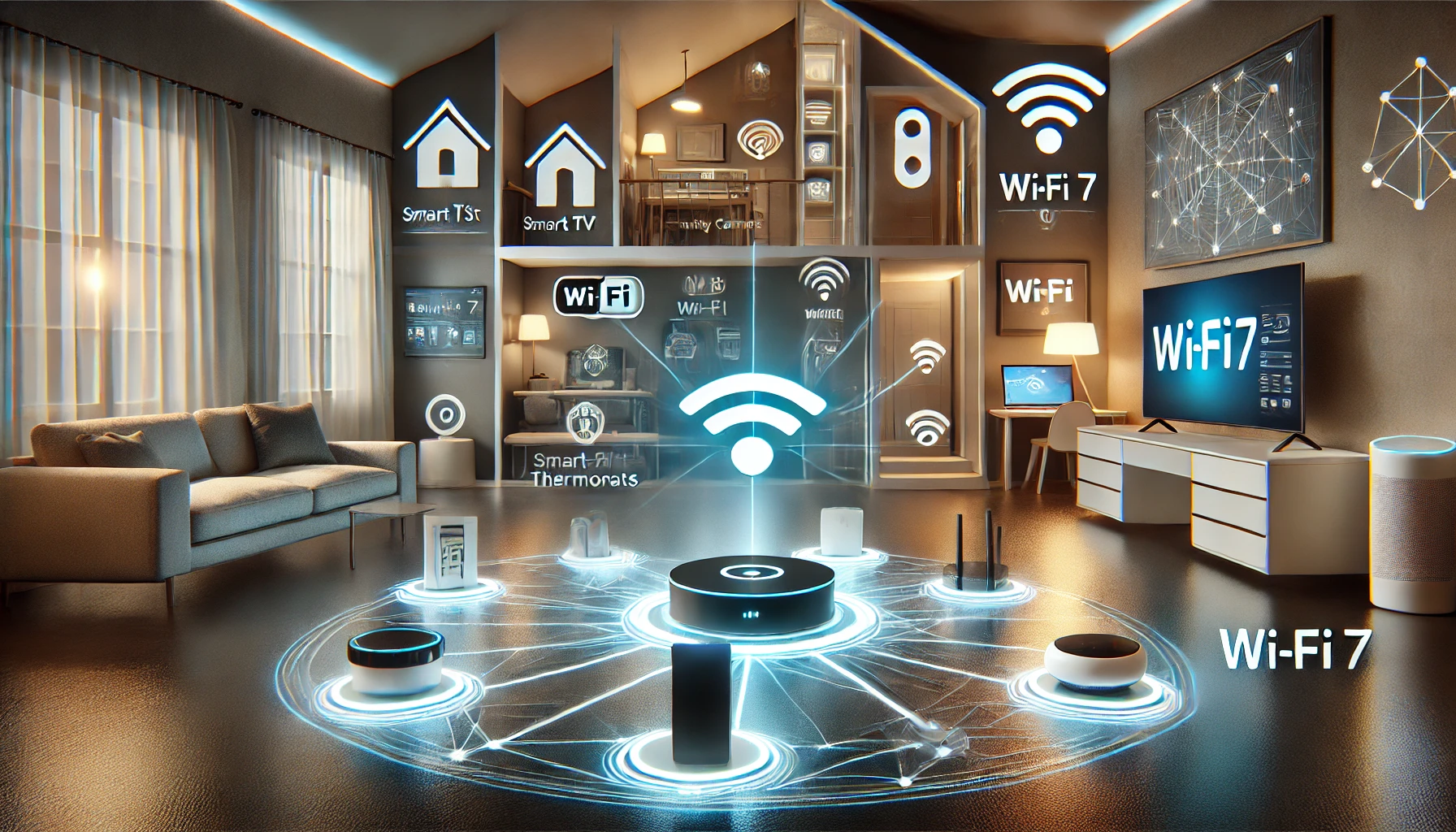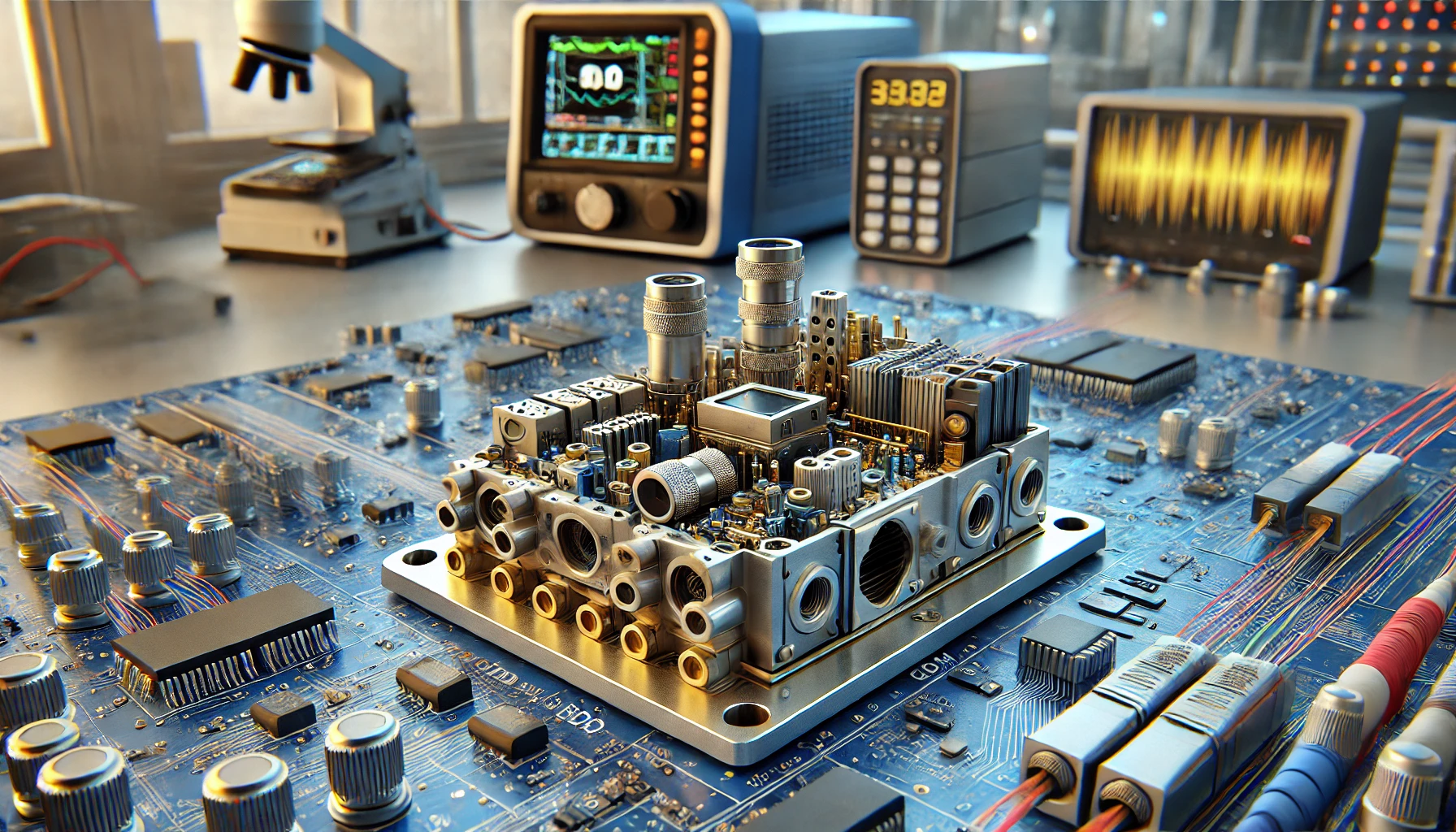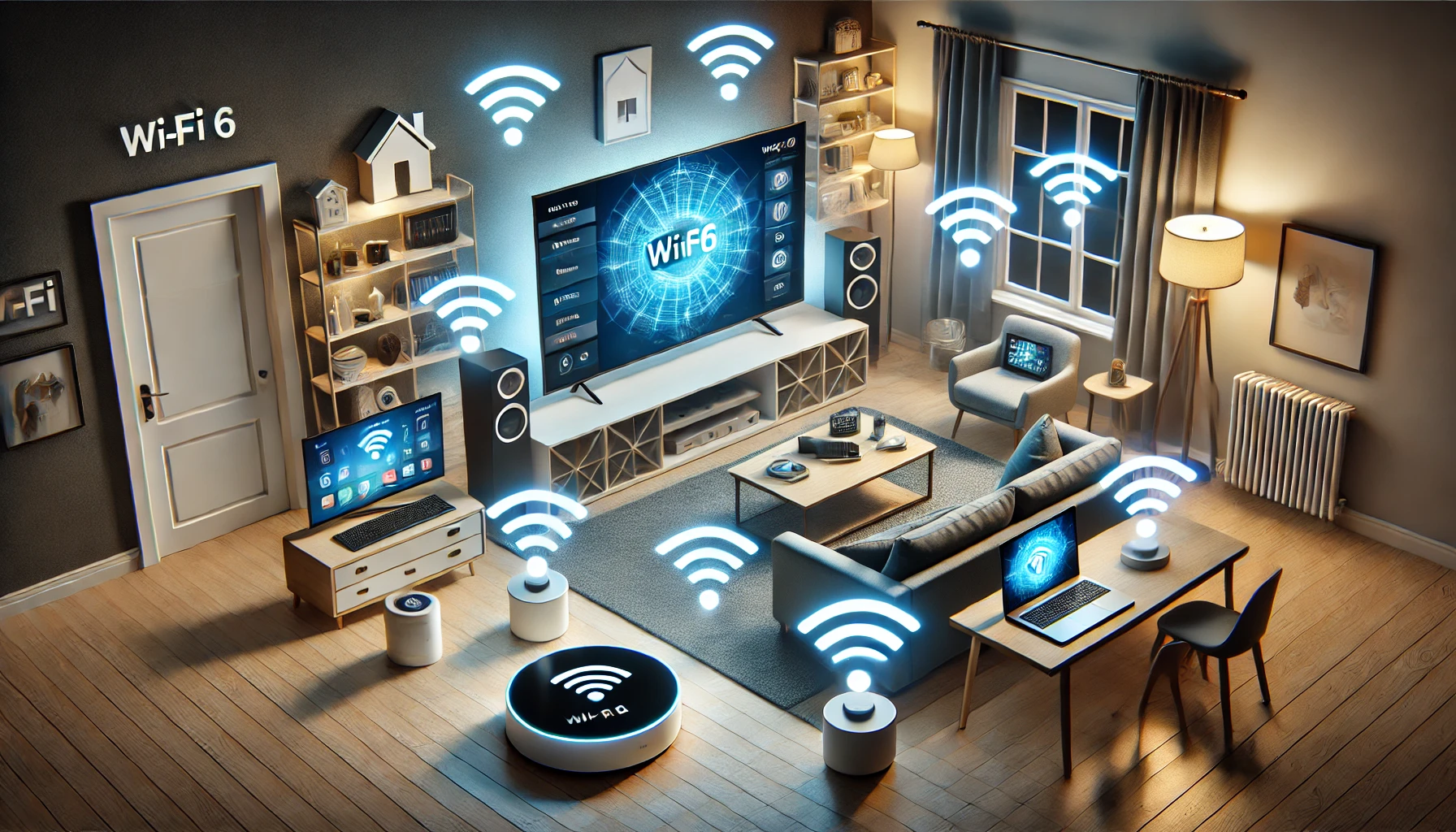
Wi-Fi 7: The Next Leap in Wireless Technology
Introduction
The demand for faster and more reliable internet connectivity continues to grow as smart devices, high-definition streaming, cloud computing, and online gaming become integral to everyday life. Enter Wi-Fi 7—the next-generation wireless networking standard poised to revolutionize internet speeds, reduce latency, and improve overall network efficiency.
Wi-Fi 7, also known as 802.11be, builds upon Wi-Fi 6 and Wi-Fi 6E by introducing higher bandwidth, multi-link capabilities, and improved efficiency, making it an excellent choice for future-proofing networks. In this blog, we’ll explore what Wi-Fi 7 is, its key features, real-world applications, and whether it’s time to upgrade.
What is Wi-Fi 7?
Wi-Fi 7 is the latest advancement in wireless networking, offering a significant speed boost and enhanced performance for modern devices. It is designed to support:
Wi-Fi 7 achieves these improvements through several cutting-edge technologies that we’ll break down below.
Key Features of Wi-Fi 7
1. Wider Channel Bandwidth (320MHz Channels)
Wi-Fi 7 doubles the maximum channel width from 160MHz (Wi-Fi 6) to 320MHz, allowing significantly more data to be transmitted at once. This increase dramatically improves speed and reduces congestion in dense networks.
2. Multi-Link Operation (MLO)
One of the most groundbreaking features of Wi-Fi 7, Multi-Link Operation (MLO), enables devices to connect to multiple frequency bands (2.4 GHz, 5 GHz, and 6 GHz) at the same time.
This means:
3. 4K-QAM (Quadrature Amplitude Modulation)
Wi-Fi 7 increases data transmission efficiency by adopting 4096-QAM (compared to 1024-QAM in Wi-Fi 6). This results in a 20% increase in peak data rates, allowing faster downloads, smoother video streaming, and better overall performance.
4. Multi-RU (Resource Unit) Puncturing
Wi-Fi 7 introduces Multi-RU puncturing, which improves spectrum efficiency by allowing fragmented frequency channels to be used effectively. This helps reduce interference and makes the network more adaptable in real-world environments.
5. Enhanced MU-MIMO (Multi-User, Multiple Input, Multiple Output)
MU-MIMO, a feature that allows routers to communicate with multiple devices simultaneously, has been improved in Wi-Fi 7. Now, it supports more concurrent connections with higher data transmission rates, making it ideal for busy households and offices.
6. Improved Latency and Network Efficiency
Wi-Fi 7 significantly reduces buffering, lag, and network congestion, making it an excellent choice for real-time applications like:
- Cloud gaming
- Video calls
- Industrial automation
- Remote work environments
Wi-Fi 6 vs. Wi-Fi 7: What’s the Difference?
Wi-Fi 7 builds upon the foundation of Wi-Fi 6 by offering several major improvements:
| Feature | Wi-Fi 6 | Wi-Fi 7 |
|---|---|---|
| Max Speed | 9.6 Gbps | 46 Gbps |
| Channel Width | 160MHz | 320MHz |
| QAM | 1024-QAM | 4096-QAM |
| Multi-Link Operation (MLO) | No | Yes |
| Latency | Lower than Wi-Fi 5 | Significantly lower |
| MU-MIMO Support | Uplink & Downlink | Enhanced with more streams |
| Efficiency | Improved over Wi-Fi 5 | Highly optimized |
| Target Wake Time (TWT) | Yes | More efficient |
| Interference Handling | Moderate | Advanced with Multi-RU puncturing |
Wi-Fi 7 provides significantly higher speeds, lower latency, and improved network efficiency compared to Wi-Fi 6, making it an excellent choice for high-performance networking.
Real-World Use Cases for Wi-Fi 7
1. Smart Homes and IoT
With an increasing number of IoT devices such as smart thermostats, security cameras, and connected appliances, Wi-Fi 7 ensures faster response times, better connectivity, and lower power consumption for a truly seamless smart home experience.
2. Enterprise and Office Networks
Businesses can leverage Wi-Fi 7 for:
3. Gaming and Esports
Wi-Fi 7’s lower latency and increased speeds make it a game-changer for online gaming and esports. Players can experience:
4. AR/VR and the Metaverse
Augmented reality (AR), virtual reality (VR), and metaverse applications require ultra-low latency and high bandwidth to deliver immersive experiences. Wi-Fi 7 ensures smooth interactions without lag or buffering.
5. 8K Streaming and Content Creation
Streaming services are moving toward 8K video, requiring higher bandwidth and stable connections. Wi-Fi 7 makes high-quality streaming possible without interruptions, even on multiple devices.
6. Healthcare and Telemedicine
Hospitals and clinics rely on real-time data transfer for patient monitoring, robotic surgeries, and telemedicine consultations. Wi-Fi 7 ensures reliable, high-speed connections, improving healthcare outcomes.
Should You Upgrade to Wi-Fi 7?
While Wi-Fi 6 and Wi-Fi 6E are still excellent choices, Wi-Fi 7 is a must-have for:
However, upgrading to Wi-Fi 7 requires compatible routers and devices. While many new laptops, smartphones, and gaming consoles will support Wi-Fi 7, older devices will still rely on previous standards.
Conclusion
Wi-Fi 7 is set to redefine wireless networking with unprecedented speeds, lower latency, and improved efficiency. As the digital landscape evolves, adopting Wi-Fi 7 will ensure a seamless, future-proofed internet experience.
If you want to stay ahead in the world of connectivity, Wi-Fi 7 is the way forward. Get ready for the next leap in wireless technology!
Would you like any modifications or additional insights?



